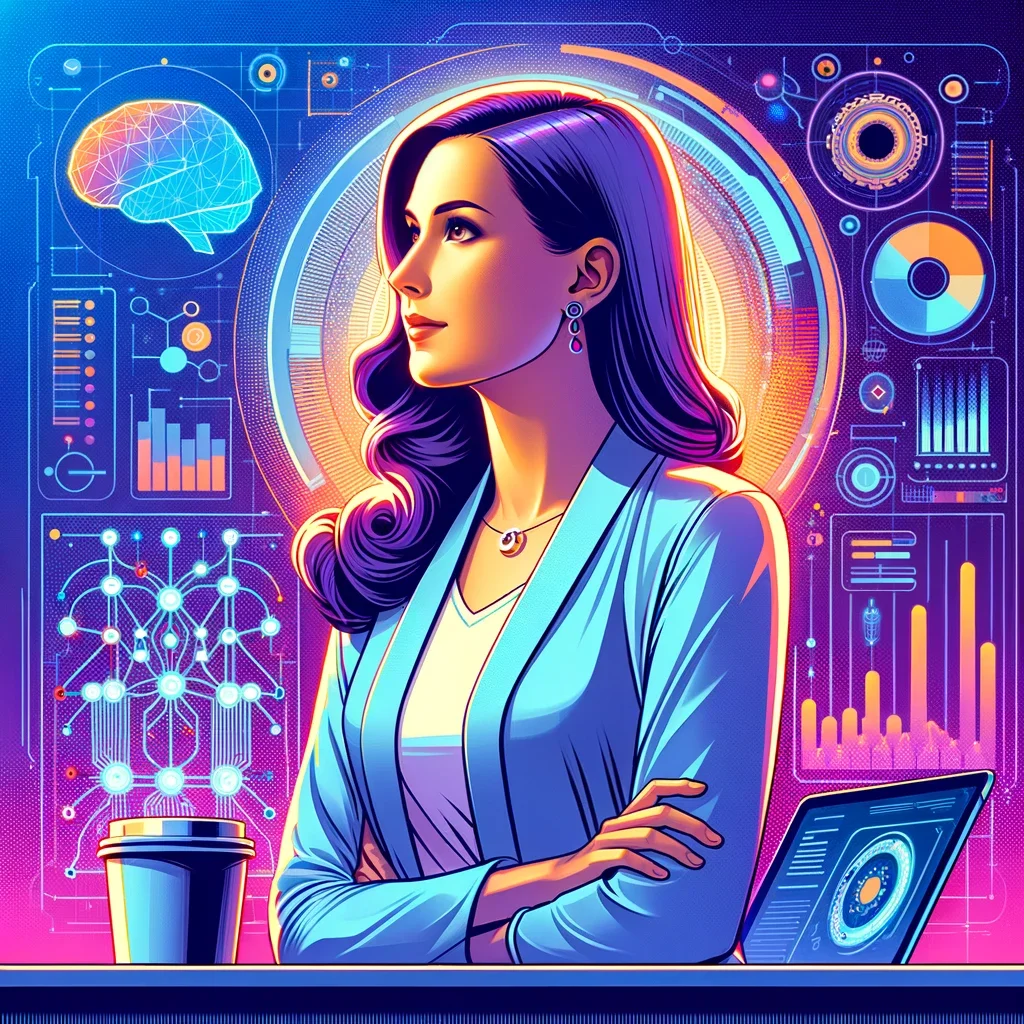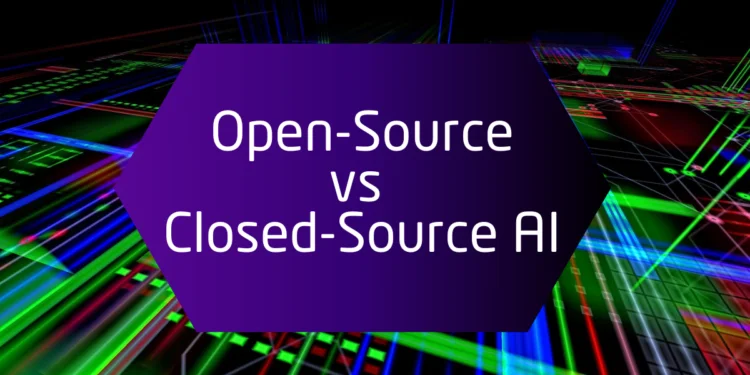Generative artificial intelligence (AI) tools have permeated the digital landscape, revolutionizing industries such as marketing, healthcare, and finance. These tools can do about anything, from writing essays and generating artificial videos to analyzing vast amounts of data and automating routine tasks.
AI tools have significantly increased efficiency and productivity, leading to cost savings and improved decision-making processes. If you are looking to use gen AI for either personal or professional reasons, then it comes down to choosing the right tool that aligns with your specific needs and goals. Consider factors such as ease of use, compatibility, licensing, and more.
Recently, after the release of Meta’s latest flagship LLM Llama 3.1, there has been a lot of buzz going on around open-source AI models and how they differ from closed-source ones. When it comes to licensing and software distribution, you will find two types of gen AI models- open-source and closed-source.
In this article, we will look into the difference between open vs closed source AI models, as well as understand why they are important. But first, let’s understand what exactly are open-source and closed-source models.
Llama 3.1 vs GPT 4 vs Mixtral 8x22B vs Claude 3.5: Which is Best LLM Model?
Open Source AI
Open source AI refers to AI software whose source code is freely available for anyone to view, modify, and distribute. It promotes teamwork, makes AI available to all people equally, and helps in rapid advancement.
Transparency is a fundamental aspect of the open-source philosophy. It emphasizes community engagement and the idea that if we share code and knowledge everyone will benefit from collective improvements.
Popular open-source AI projects include TensorFlow, PyTorch, and Hugging Face. The most recent example of an open-source generative AI is Meta AI’s Llama 3.1.
Open-source AI tools have their pros and cons. On one hand, they are usually free to use (not always) and promote transparency and collaboration among developers. On the other hand, they lack privacy and the same level of security as proprietary software.
Closed Source AI
Closed source AI refers to artificial intelligence software or systems where the source code is proprietary and not made publicly available. These resources belong to and are controlled by a company or organization.
These tools are often closed source to restrict access for security motives or to maintain a competitive edge. The code, algorithms, and data utilized in these closed-source AI projects typically are not shared publicly which can result in slower innovation within this area of technology.
Some of the most popular closed-source AI tools include OpenAI’s GPT-4 and Dall-E, and Google’s Gemini.
Similarly, closed-source AI also has its pros and cons. One advantage of closed-source AI tools is that they offer more advanced features, security, and privacy due to the proprietary nature of their development. They offer dedicated customer support and resources to the users as well. However, a major drawback is the lack of transparency and accountability, as users have limited visibility into how the algorithms work and make decisions.
Open vs Closed Source AI: Key Differences
These are some of the most prominent differences between open and closed-source AI tools and models:
| Parameter | Open Source AI | Closed Source AI |
| Source Code Accessibility | Freely available for anyone to view, modify, and distribute | Not available to the public; controlled by the vendor |
| Cost | Often free or low-cost | Requires purchasing licenses or subscriptions |
| Transparency | High transparency; users can inspect and audit the code | Low transparency; internal workings are hidden |
| Customization | High; users can modify the code to suit specific needs | Limited; modifications are restricted by the vendor |
| Collaboration | Encourages community collaboration and contributions | Development is controlled by the organization |
| Support | Community-driven support; formal support may be limited | Professional customer support provided by the vendor |
| Security | Innovation is driven by the company’s resources and goals | Controlled by the vendor; security patches provided |
| Innovation | Rapid development and innovation through community input | The vendor ensures compliance with industry standards |
| Integration | May require additional effort for integration | Often designed to integrate seamlessly with other products from the vendor |
| Learning Resource | Valuable educational resource for learning and experimentation | Limited educational insight into internal mechanisms |
| Vendor Lock-in | Minimal; users are free to adapt or switch technologies | High; dependent on vendor’s technology and ecosystem |
| Scalability | Varies by project; community contributions can enhance scalability | Generally robust, with vendor ensuring scalability |
| Updates and Maintenance | Community-driven; frequency and quality can vary | Regular updates and maintenance provided by the vendor |
| Licensing | Generally permissive licenses (e.g., MIT, Apache) | Strict licensing terms; usage governed by vendor’s EULA |
| Compliance and Legal | May require careful review for compliance with industry standards | Vendor ensures compliance with industry standards |
| Adoption Barriers | Lower barriers due to cost and accessibility | Higher barriers due to cost and licensing requirements |
| Performance | Can be highly optimized through community input and customization | Typically optimized for performance by the vendor |
| User Community | Large, diverse community contributing to development and support | Limited to users and customers of the vendor |
The Bottom Line
To sum up, open-source AI refers to AI systems, software, models, and data released under an open-source license, allowing anyone to use, modify, and share them. It encourages creativity and collaboration through its community-driven development model. Open-source AI also encourages accessibility and education, eliminating entry barriers while encouraging learning and experimentation. Its advantages include transparency, trust, customization, and flexibility.
Whereas, closed-source AI refers to AI systems, software, models, and data that are proprietary and not open to the public. It offers support and dependability, including dedicated customer service, frequent updates, bug patches, and maintenance.


















